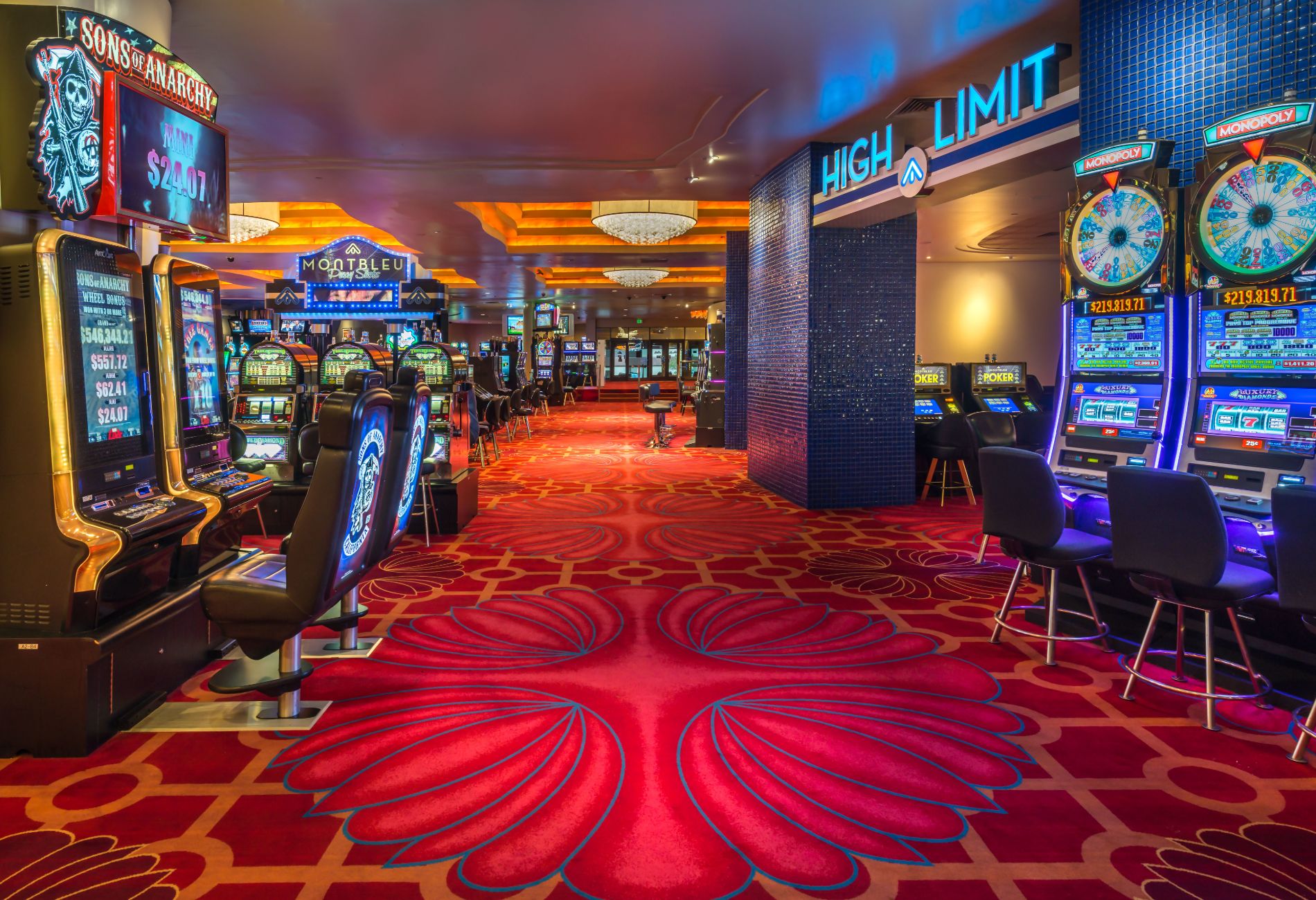
Recently, the world of manga has crossed beyond the pages of comic books to become a major influence in the realm of film and television. This evolution marks a captivating trend where admired stories originally crafted in black and white are transformed into colorful screen interpretations. From action-packed adventures to endearing romances, manga adaptations have enthralled audiences worldwide, showcasing the unique skills and storytelling that makes Japanese comics so special.
These adaptations often breathe new life into the stories, introducing the characters and settings to a broader audience who may not have had the opportunity to explore them in print. With the right blend of imagination and respect for the source material, filmmakers work to capture the core of these stories while adding their own visual flair. As this phenomenon continues to grow, it prompts a discussion about the intricate connection between manga and its screen adaptations, and what this means for the future of storytelling in both types.
The Development of Manga Adaptations
Manga adaptations have undergone significant evolutions since the early periods of adaptation, showing changes in both formats and audience expectations. Initially, these adaptations were often direct translations of the original material, focusing on preserving the storyline and characterization designs. 888b These early adaptations, mainly in the form of animated series, were limited by budget limitations and technology, leading to a more rigid interpretation of the manga. As a result, many adaptations struggled to capture the distinct style and energy of their source materials.
With the rise of technological advancements and the increasing success of Japanese comics globally, the method to adaptations has transformed. The production value of anime and films based on manga have markedly improved, enabling for more faithful and visually stunning representations of the original material. Manga artists and production companies began to explore more complex narratives, developing narratives that resonate with audiences of the manga while simultaneously drawing in to a wider audience. This shift has led a more dynamic relationship between the original manga and its animated versions, promoting creative partnerships between comic creators and screenwriters.
In the present, adaptations of manga are not limited to traditional formats. The surge of online streaming services has created new avenues for storytelling, with series often released at the same time across the globe. This has allowed creators to customize their work to varied audiences, blending genres and experimenting with narrative structures. As these comics continues to influence global pop culture, the development of its adaptations signifies a rising acknowledgment of the form’s capability to cross boundaries, enhancing the storytelling environment across various platforms.
Famous Comic Adaptations
One of the top famous manga adaptations is "Shingeki no Kyojin." This series captivated audiences with its powerful plot and detailed characters. The anime adaptation succeeded in bringing to life the exciting battles and rich elements of the initial manga. Its success led to multiple seasons and a worldwide fanbase, proving that the blend of great storytelling and dynamic animation appeals well with audiences.
Another significant adaptation is "Boku no Hero Academia," which has garnered a massive following since its beginning. The story, centered around a world where heroes are everywhere, captures the spirit of heroism and individual growth. The anime has been praised for its vibrant animation and action-packed action sequences, successfully adapting the manga’s allure into a medium that appeals to a broader audience.
"OP" stands as a true giant in both the comic and anime industries. With its sprawling narrative and deep character development, the adaptation has elaborated Eiichiro Oda’s initial work, captivating viewers for over two decades. The long-running series has maintained its success through its unique blend of exploration, humor, and heartfelt moments, showing the capacity for manga to evolve into popular animated series that engage fans around the world.
Obstacles in Conversion
One major difficulty in converting manga to screen is the difference in storytelling pacing. Manga often employs a distinct rhythm that allows readers to enjoy illustrations and dialogue at their own speed. In contrast, films and TV need to maintain a uniform pace that can sometimes hurry or modify crucial plot points to fit time constraints. This can lead to the diminishment of nuance and character development, which might irritate existing fans of the manga.
Another hurdle is the visual representation of stylistic elements intrinsic to manga. Artists often employ exaggerated expressions and aesthetics that are not always possible or effective in film or animated adaptations. Capturing the core of a character’s emotions or the intense flair of a scene can result in a disconnect if the transition is not executed with care. Creative teams must find approaches to honor the original art style while also adapting it to a new medium, which can be a delicate juggling act.
Finally, meeting the requirements of a varied audience presents its own set of challenges. Manga fans often have profound emotional connections to the source material, so adaptations that stray too far from the original narrative or character arcs can lead to negative reactions. Conversely, if adaptations are too loyal, they risk feeling stale to novel viewers. Striking the right balance between creativity and devotion to the original manga remains a constant struggle in the adaptation process.